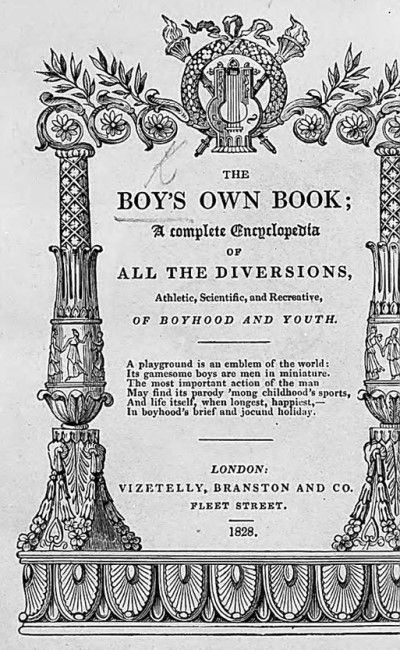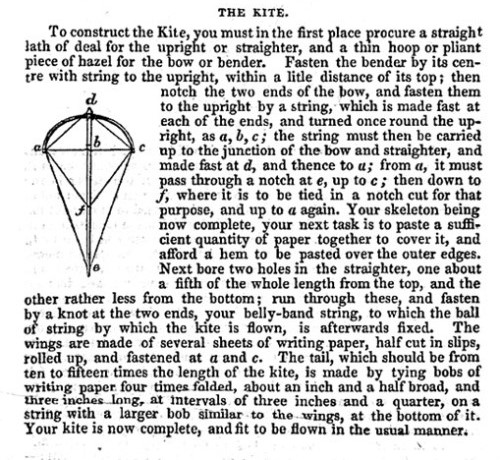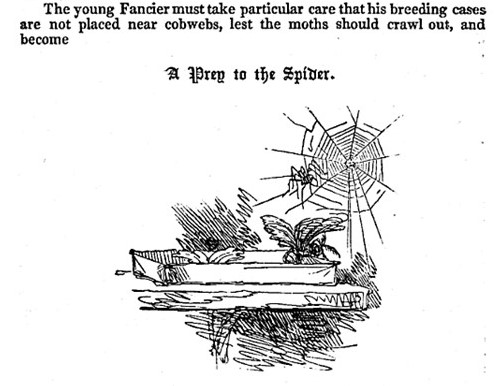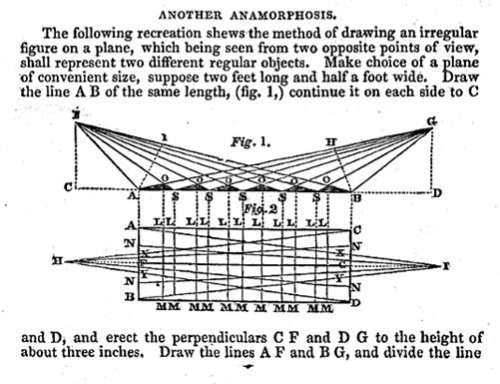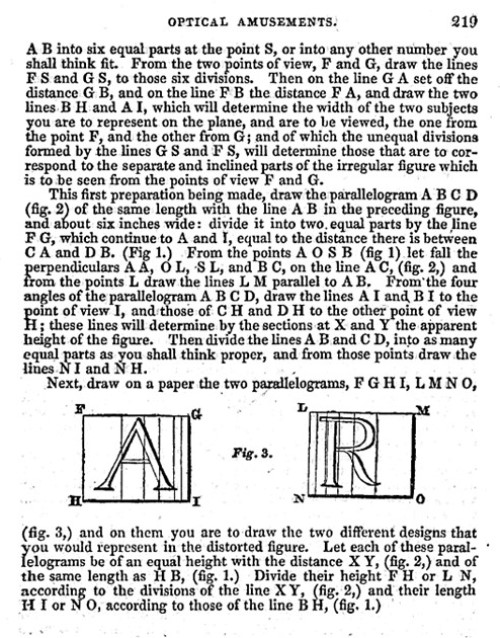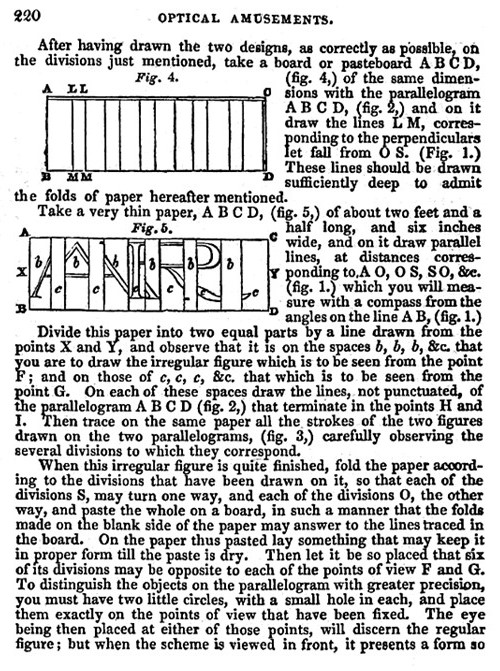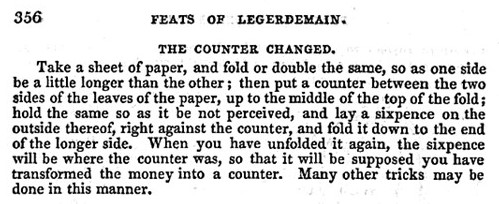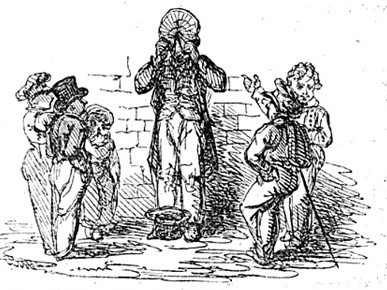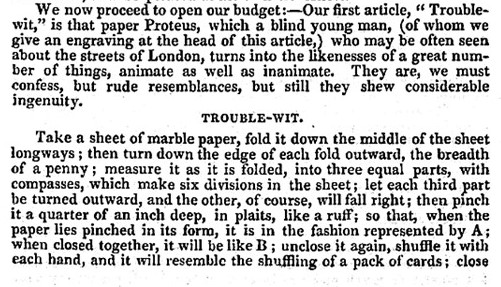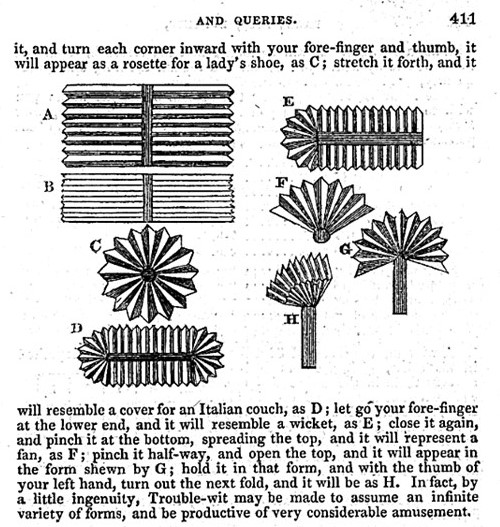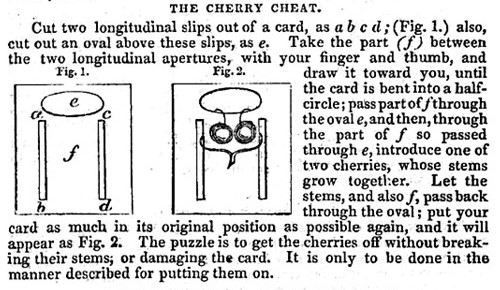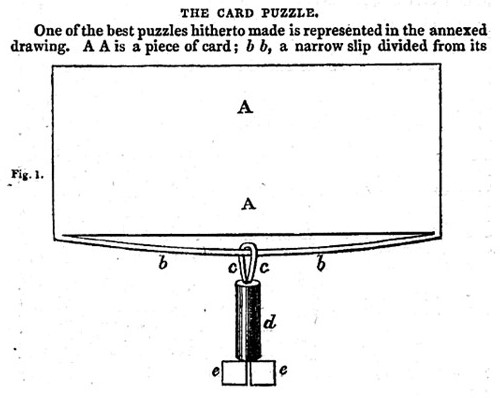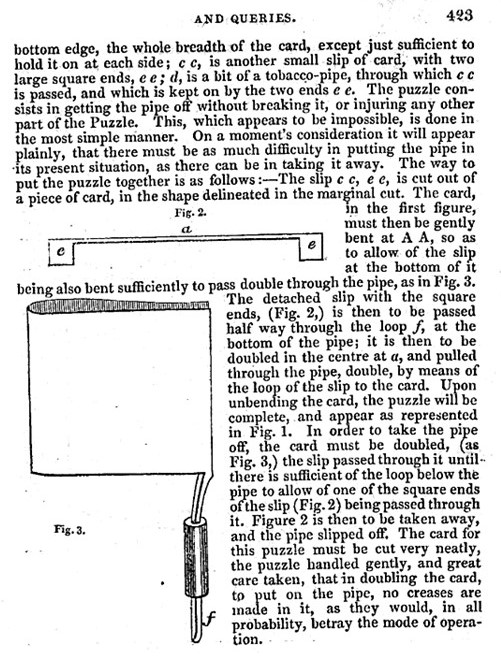| The Public Paperfolding History Project
Last updated 26/10/2025 x |
|||||||
| The Boy's Own Book by William Clarke, 1828 | |||||||
| 'The
Boy's Own Book' by William Clarke was published by
Vizetelly, Branston and Company in London in 1828. An expanded and revised second edition was published in 1829 both by the original publisher and by Munroe and Francis in New York. Some of the paperfolding material is omitted from the US version. This book was again substantially revised and republished by Crosby Lockwood and Co in London in 1880. For details of the paperfolding items included in this edition see here. A full copy of the 1828 first edition of the work can be accessed online here. The work includes a chapter on aeronautics which explains how to make a paper hot-air ballooon and a chapter on fireworks, which makes much use of rolled paper. I have not created pages for these uses of folded paper and so have not included references to these in the analysis below. **********
********** Analysis Kite Bows This section mentions 'tying bobs of writing paper four times folded ... at intervals ... on a string' to form the tail of the kite.
********** Silkworm Trays A chapter about the keeping and breeding of silkworms in 'The Boy's Own Book' by William Clarke, which was published by Vizetelly, Branston and Company in London in 1828, mentions folded paper trays made of 'fine, stout, white cartridge paper, .... doubled, into the form of a dripping pan, by turning up the edges about two inches on every side'.
An illustration at the end of the chapter shows what these trays looked like. Unfortunately the way the corners are formed is not clear from this illustration.
********** Another Anamorphosis - Multiple-Image Pleated Paper Pictures
********** The Moving Pyramid - Designs which Move under Insect Power
********** The Paper Furnace
********** Sudden Metamorphosis - The Buddha Papers
********** The Counter Changed - The Fold and Switch Effect
********** Trouble-Wit This section mentions 'a blind young man, (of whom we give an engraving at the head of this article) who may be often seen about the streets of London' and says that he turns the paper into 'the likenesses of a great number of things, animate as well as inanimate' although 'they are, we must confess, but rude resemblances'. This sounds very like an eye-witness account rather than something borrowed from another source.
********** The Cherry Cheat - The Cherries Puzzle
********** The Card Puzzle (another form of the Cherries Puzzle)
********** |
|||||||
